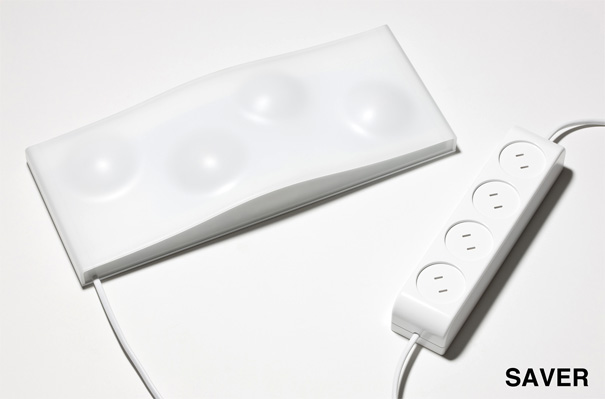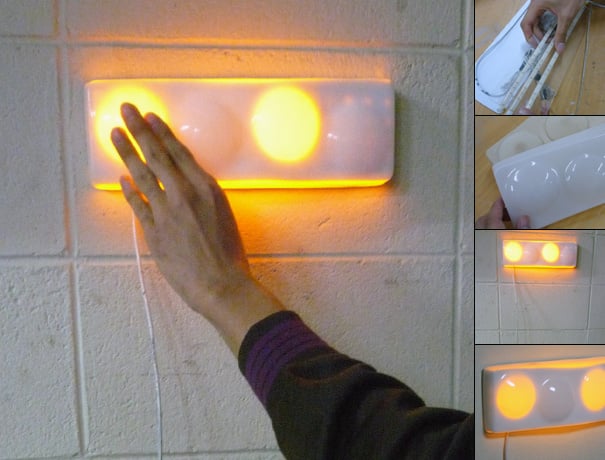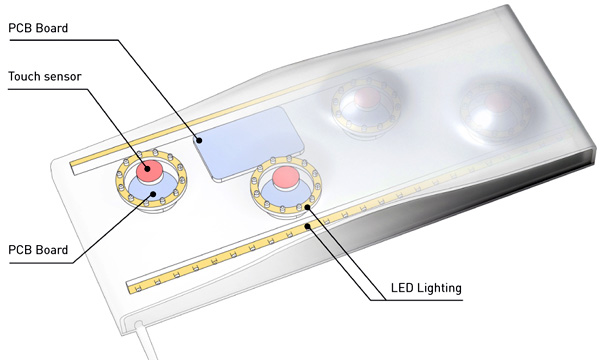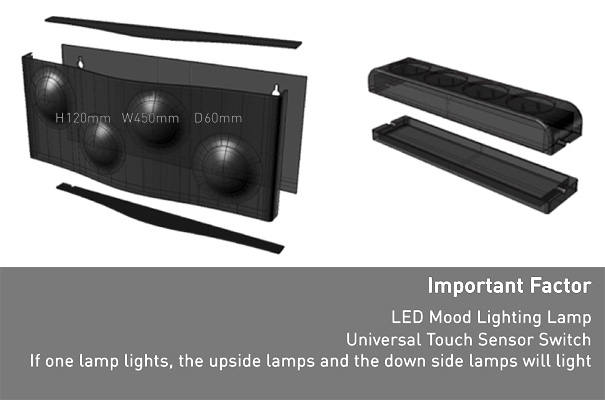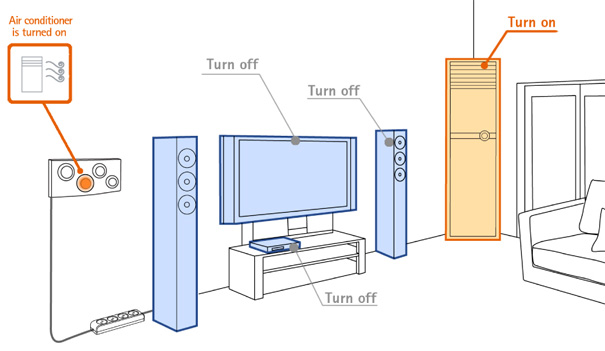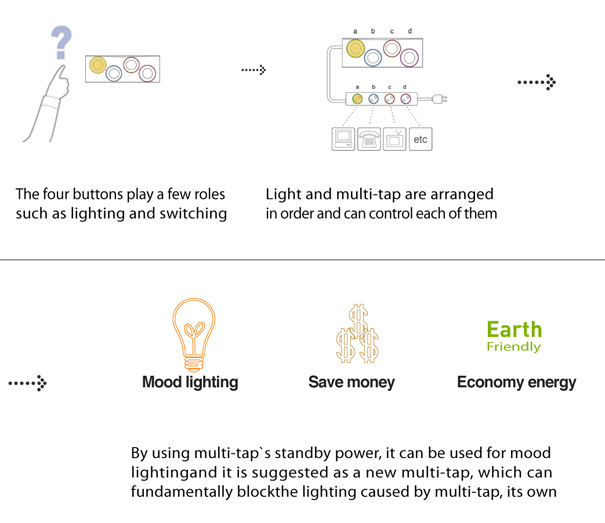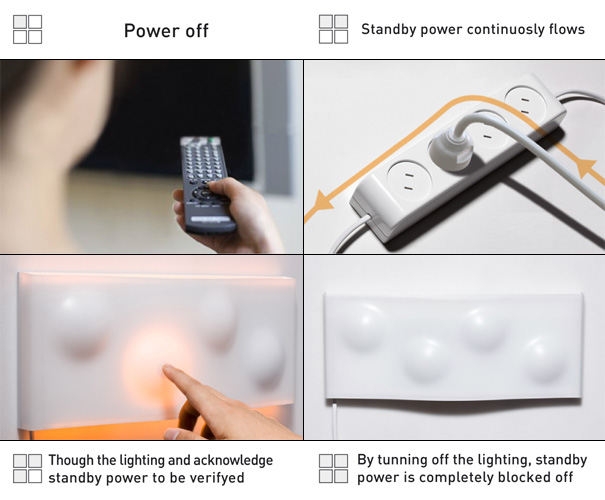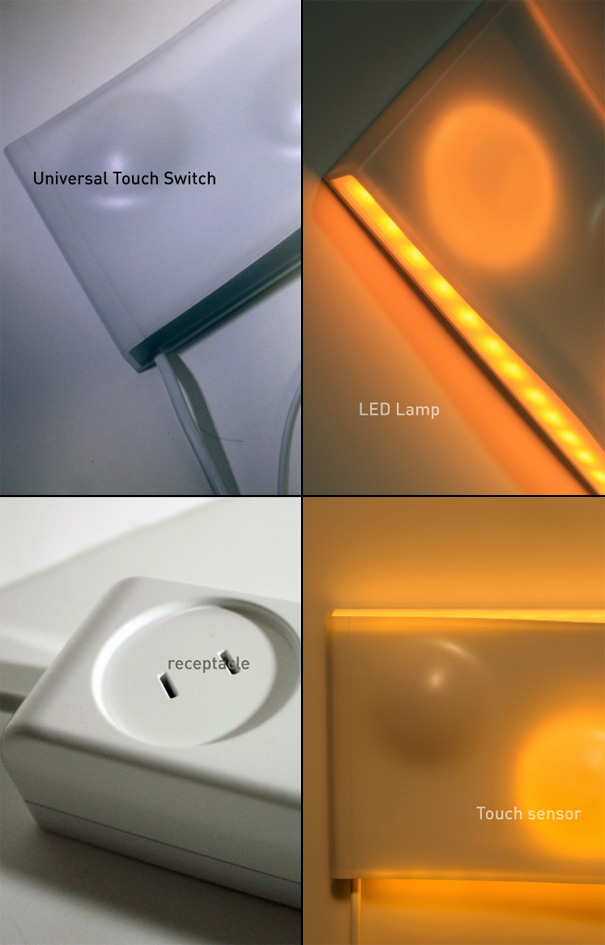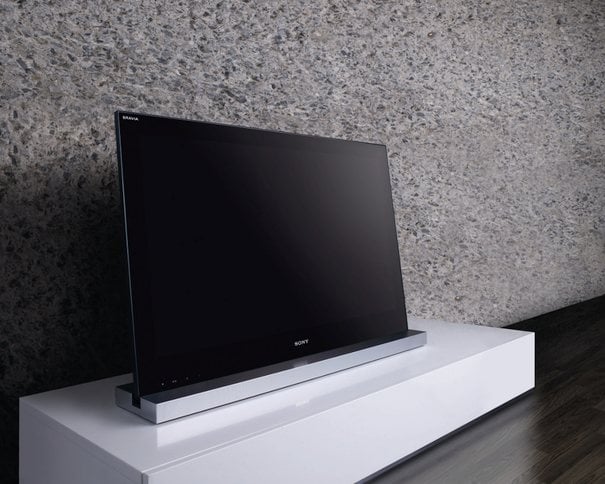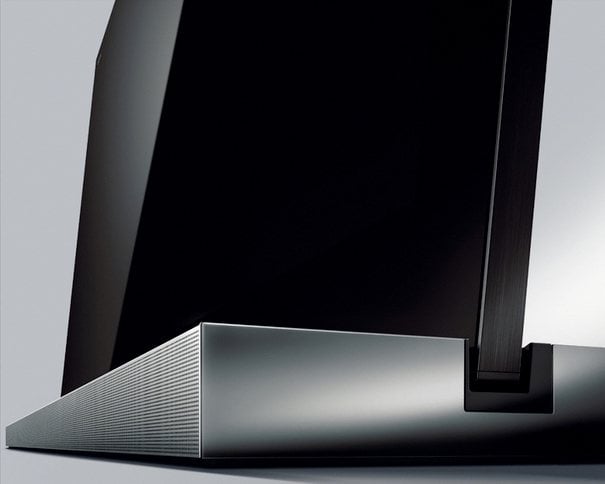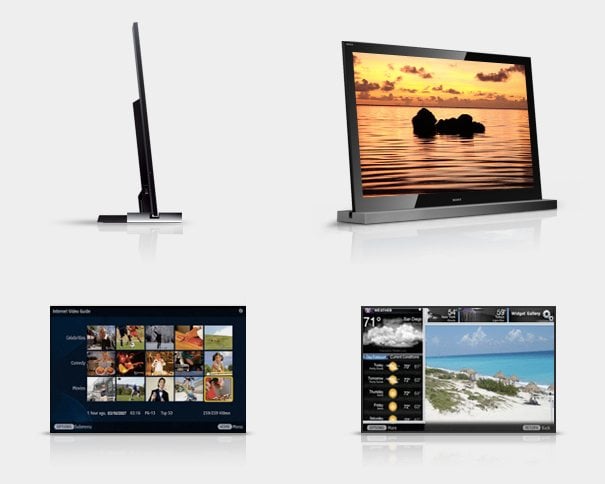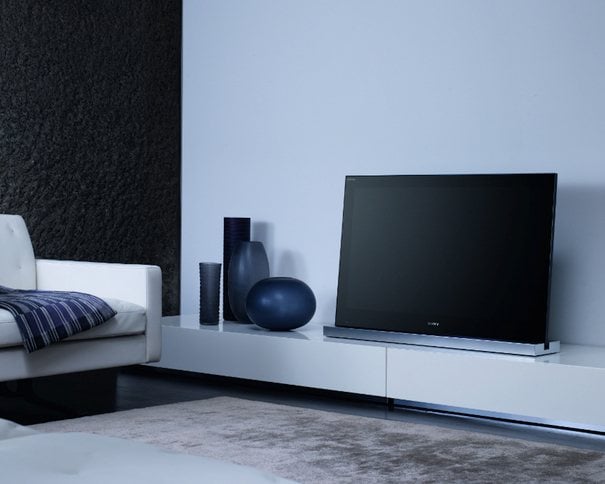Which giant would you prefer to work for: Google or Facebook?
It might be a question of personal preference. You can’t help but love one company’s work more than another, which leads to desire to work for them. Aside from that, you could use some objective measurements in choosing between the two.


Google Office

About Google: (as if you needed this)
Google Inc. is an American public corporation specializing in Internet search. It also generates profits from advertising bought on its similarly free-to-user e-mail, online mapping, office productivity, social networking and video-sharing services. Advert-free versions are available via paid subscription. Google has more recently developed an open source web browser and a mobile phone operating system. Its headquarters, often referred to as the Googleplex, is located in Mountain View, California. As of March 31, 2009 the company had 19,786 full-time employees. It runs thousands of servers across the world, processing millions of search requests each day and about one petabyte of user-generated data each hour.















Facebook Office
About Facebook:
Facebook, Inc. is a company that operates and privately owns social networking website, Facebook. Users can add friends and send them messages, and update their personal profiles to notify friends about themselves. Additionally, users can join networks organized by city, workplace, school, and region. The website’s name stems from the colloquial name of books given at the start of the academic year by university administrations with the intention of helping students to get to know each other better.
Mark Zuckerberg founded Facebook with his college roommates and fellow computer science students Eduardo Saverin, Dustin Moskovitz and Chris Hughes while he was a student at Harvard University. The website’s membership was initially limited to Harvard students, but was expanded to other colleges in the Boston area, the Ivy League, and Stanford University. It later expanded further to include any university student, then high school students, and, finally, to anyone aged 13 and over. The website currently has more than 350 million active users worldwide.


















So what is your choice? I already made up my mind but I won’t tell you mine ![]()

